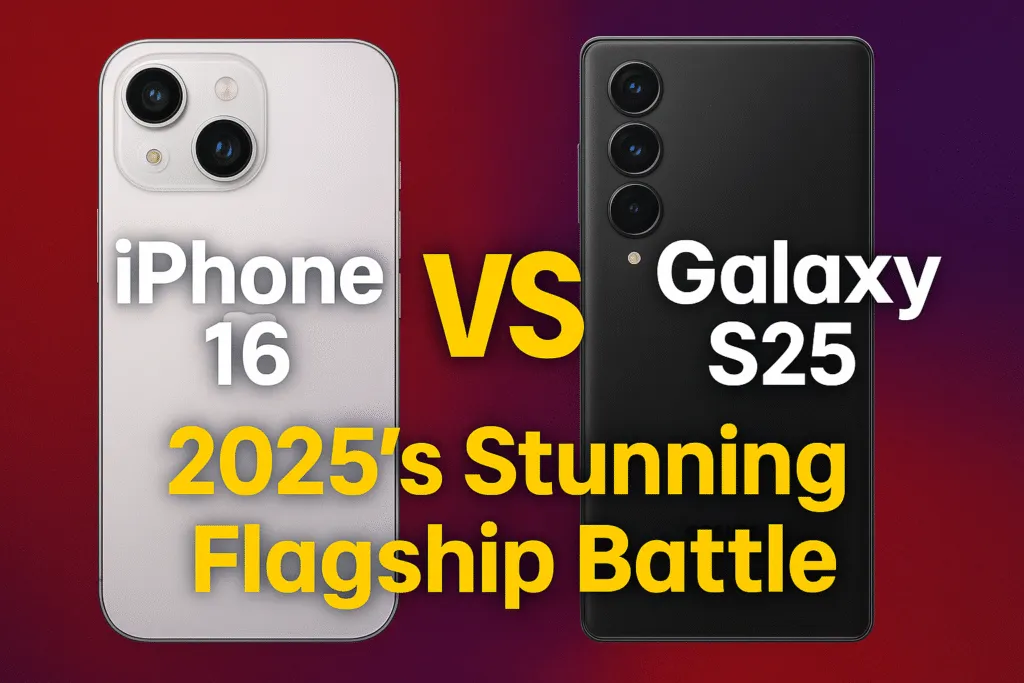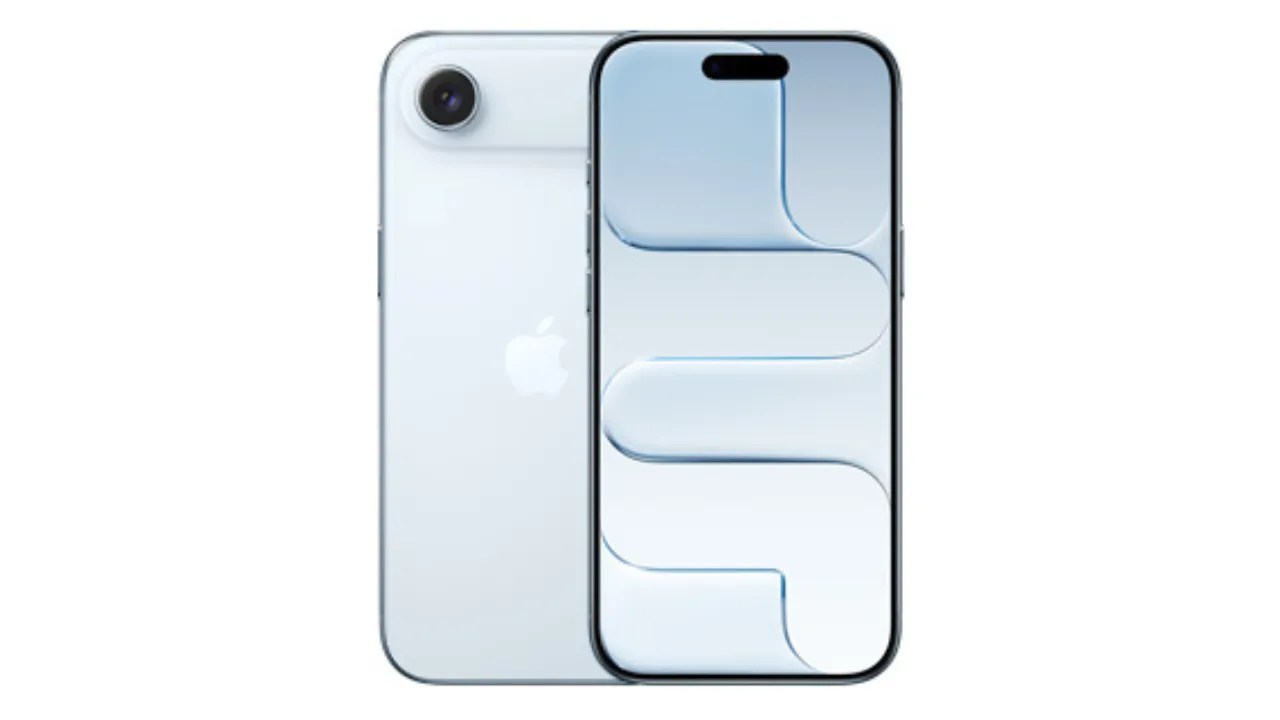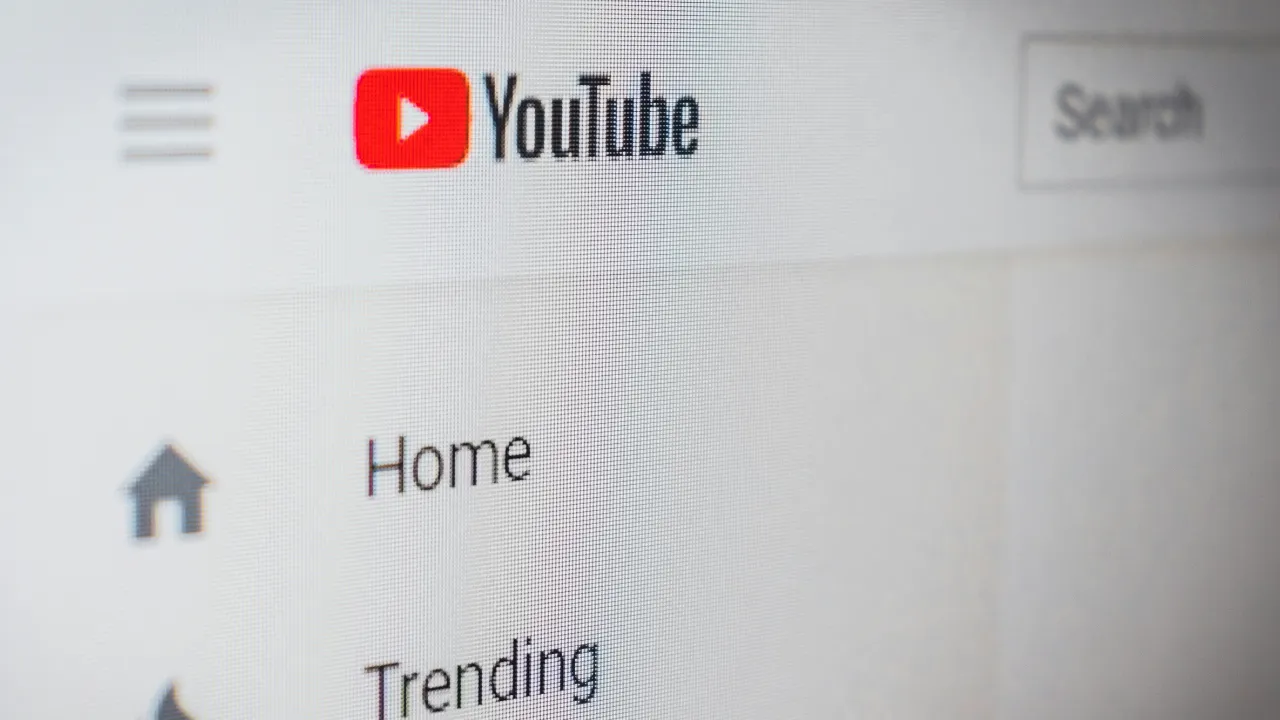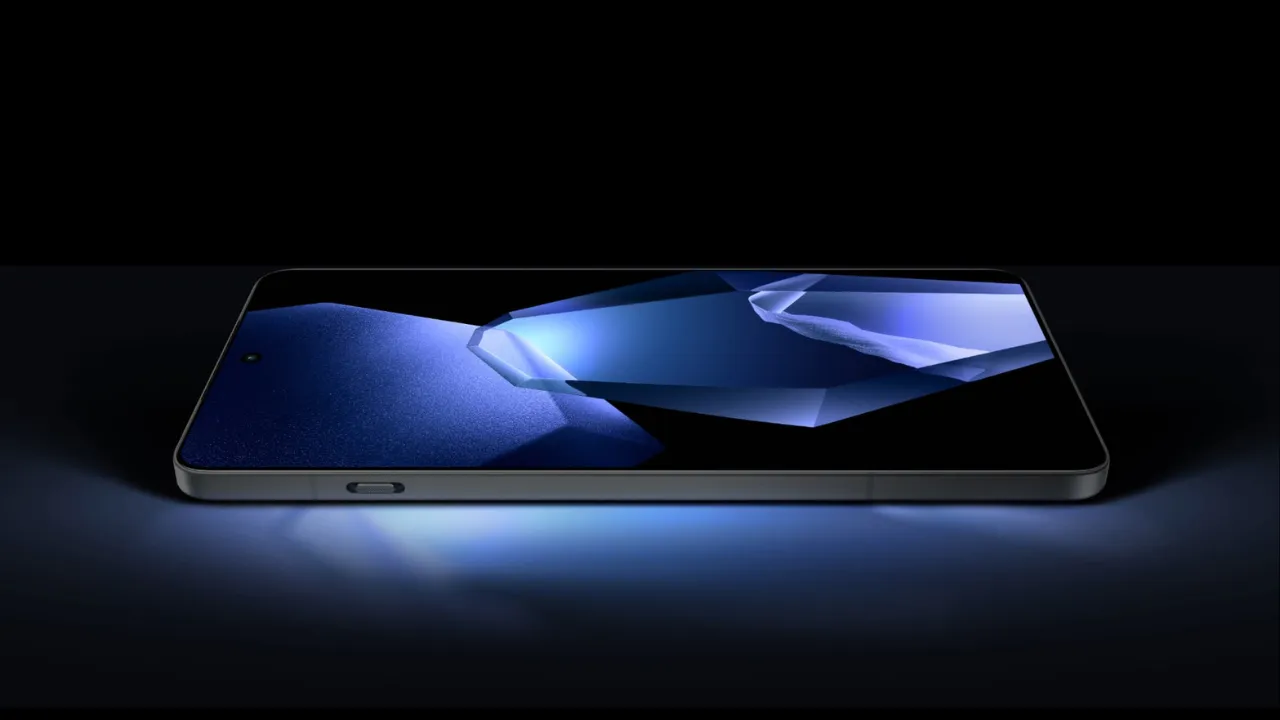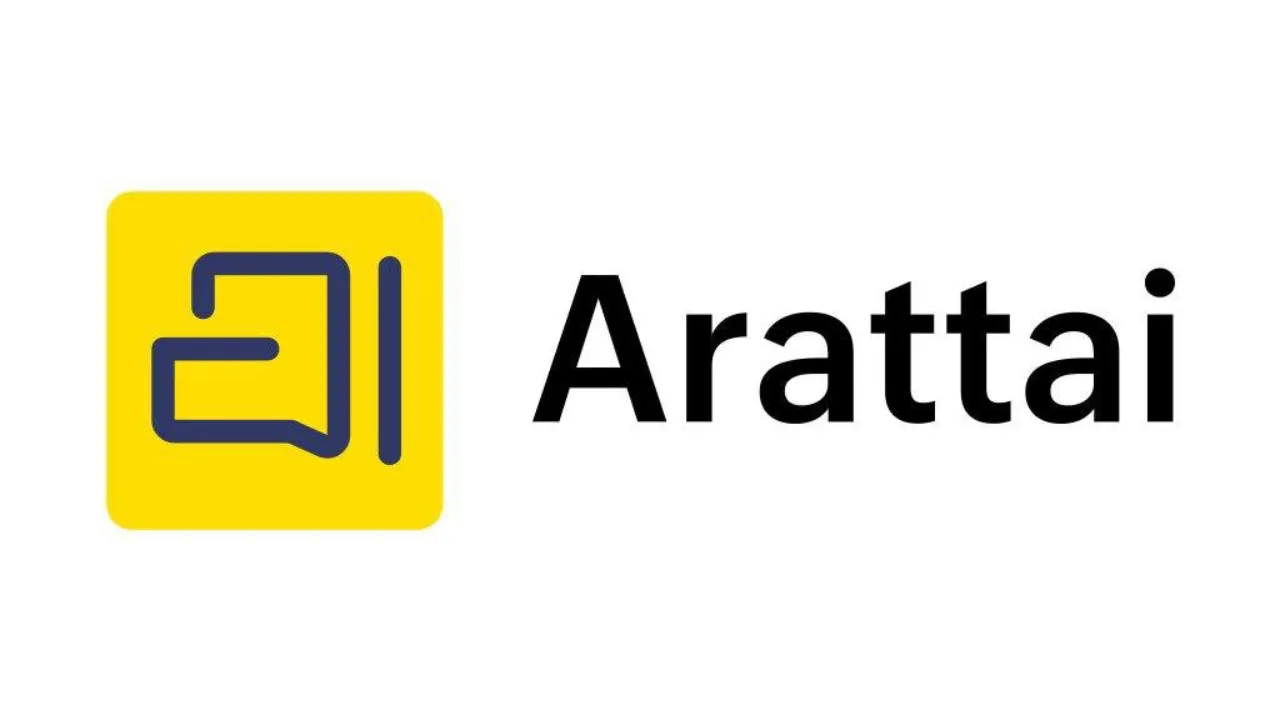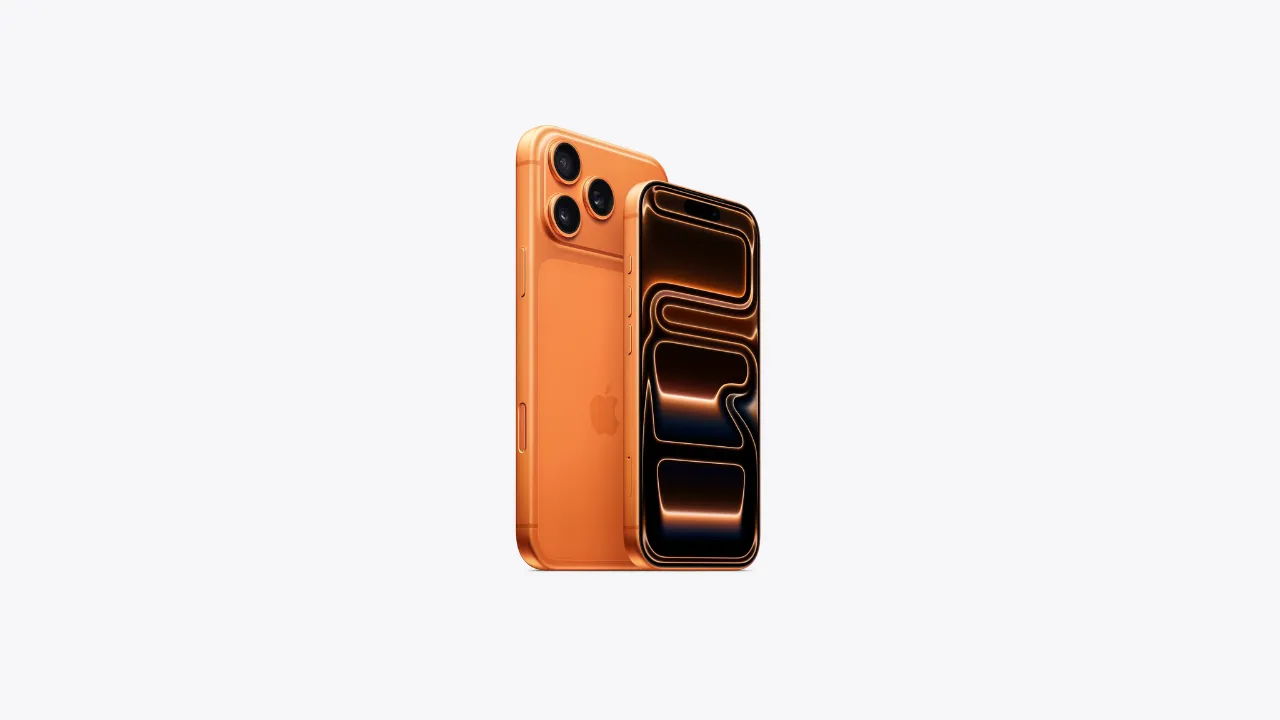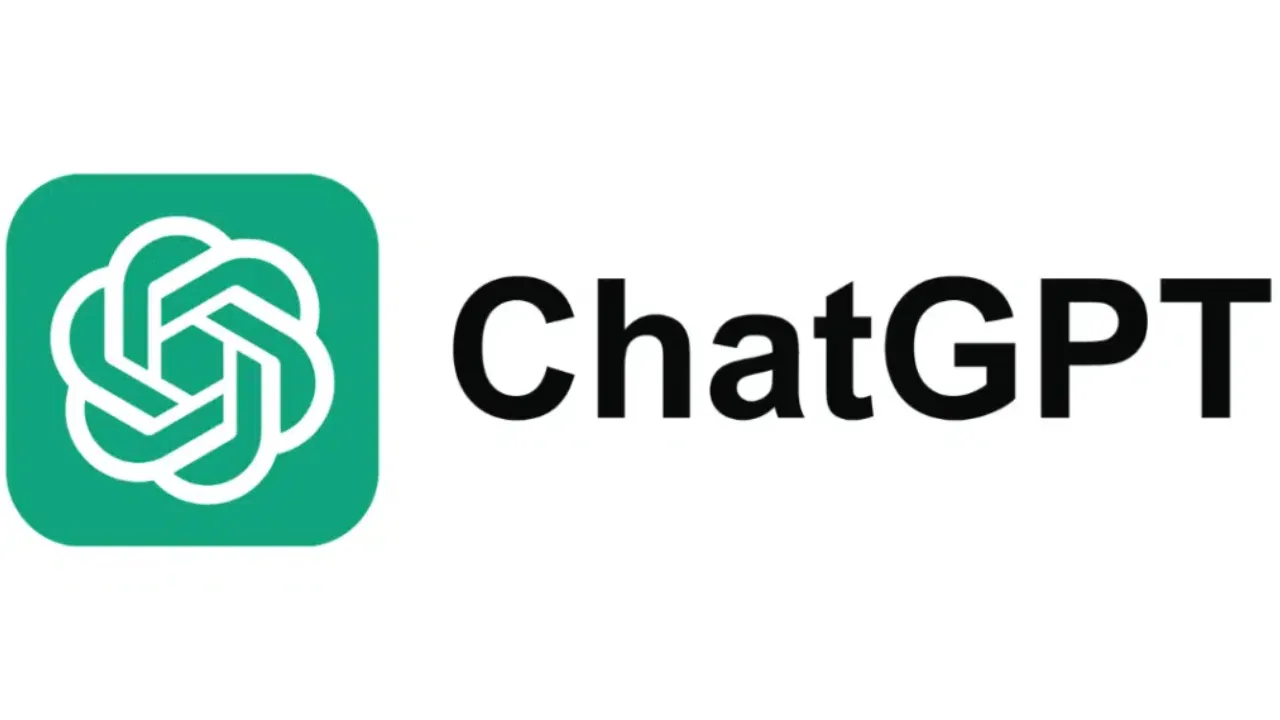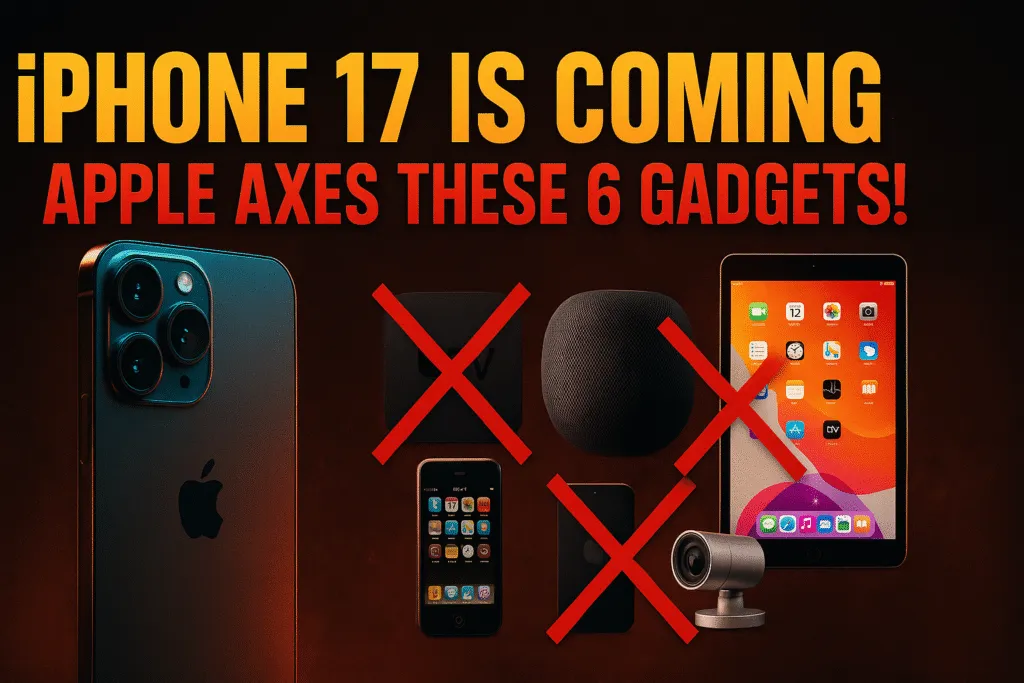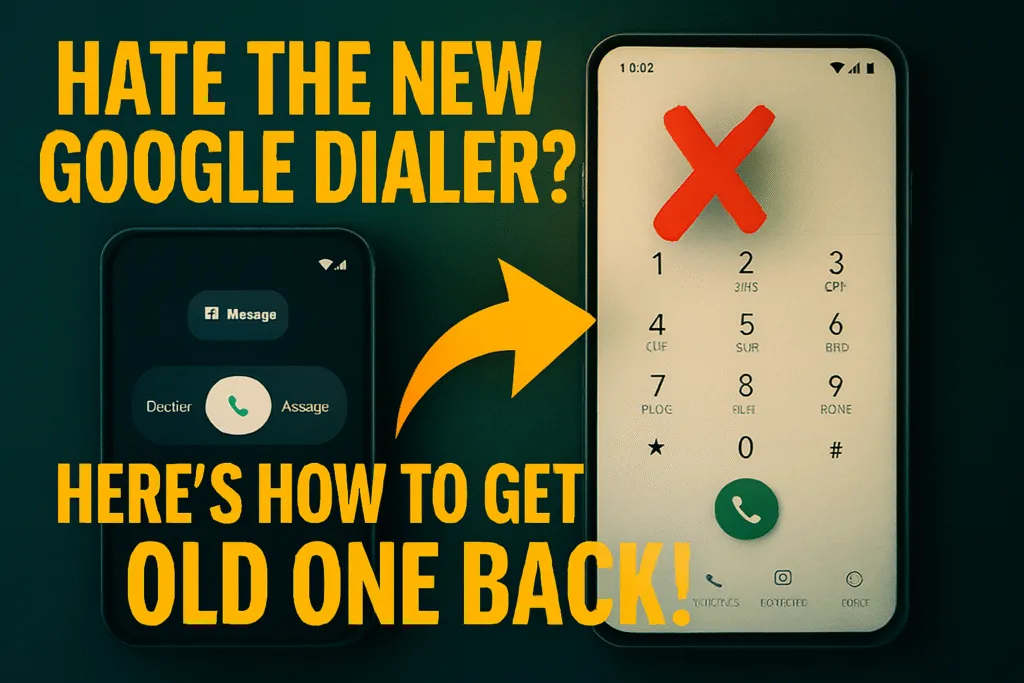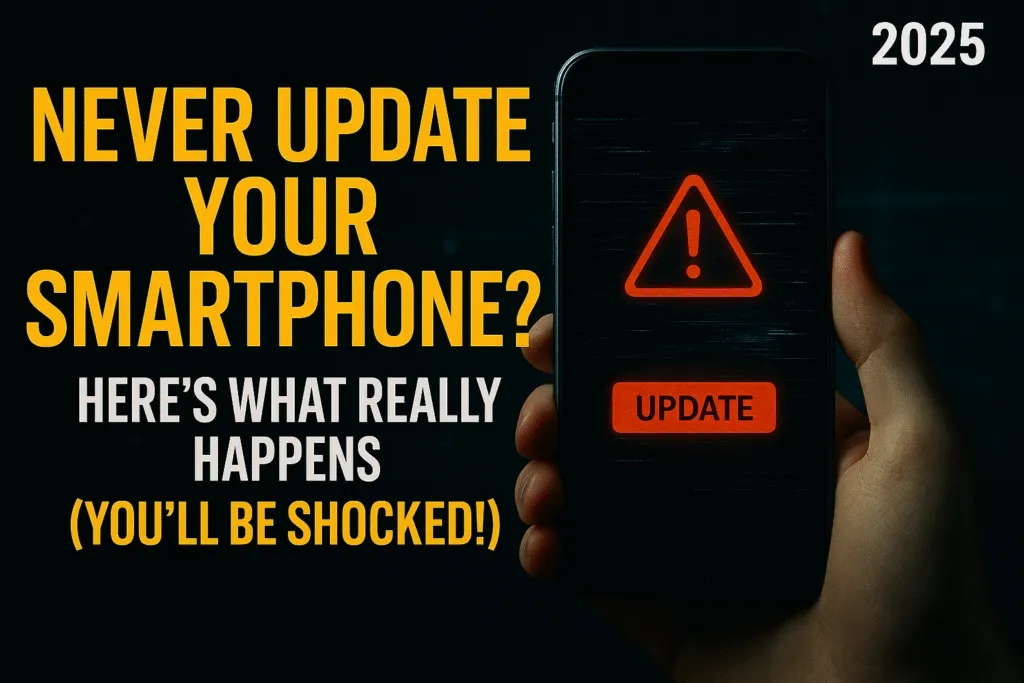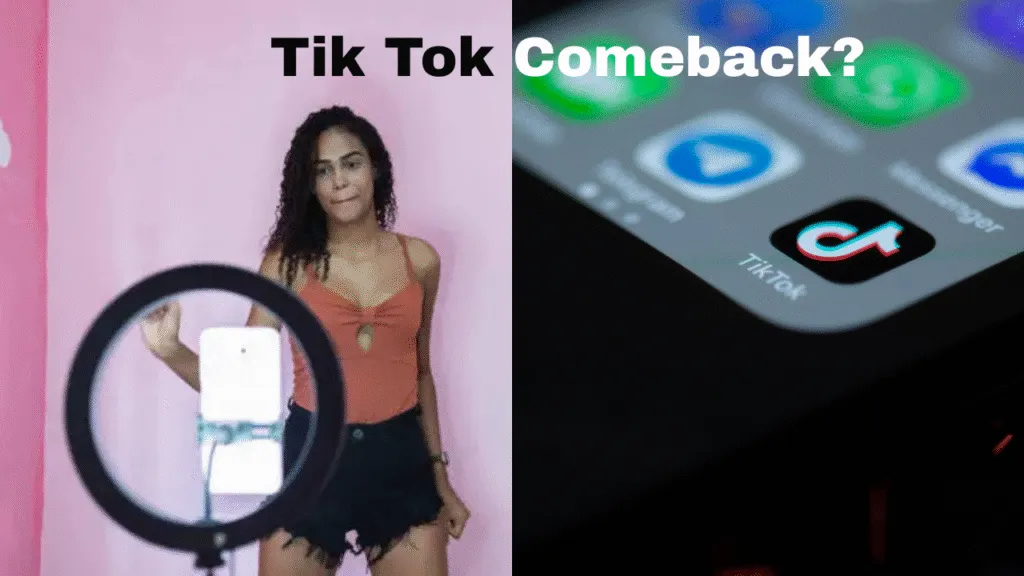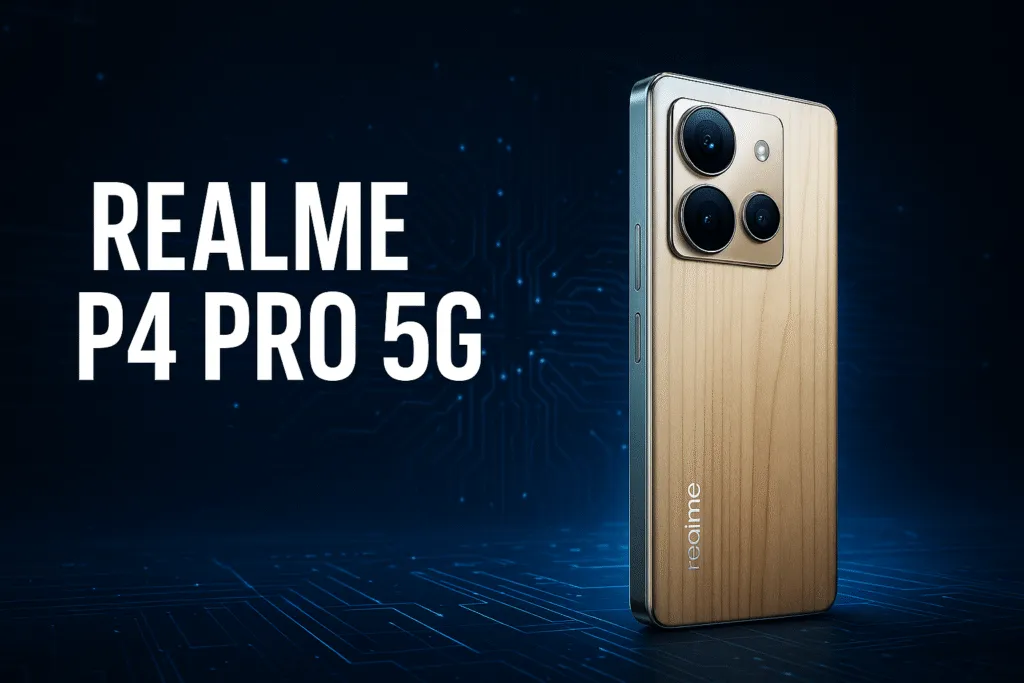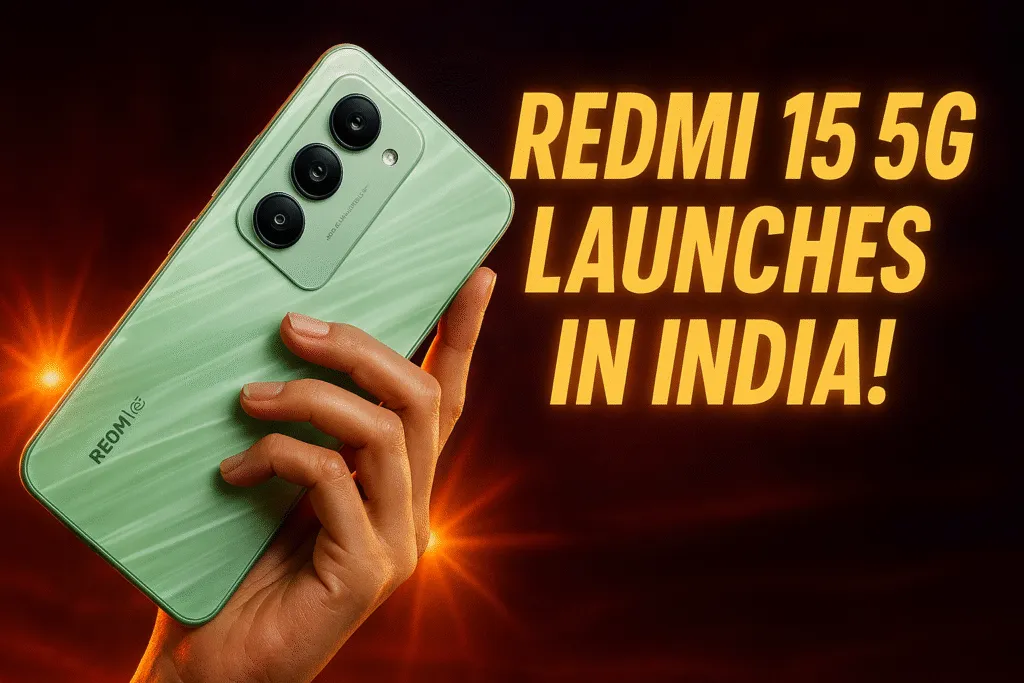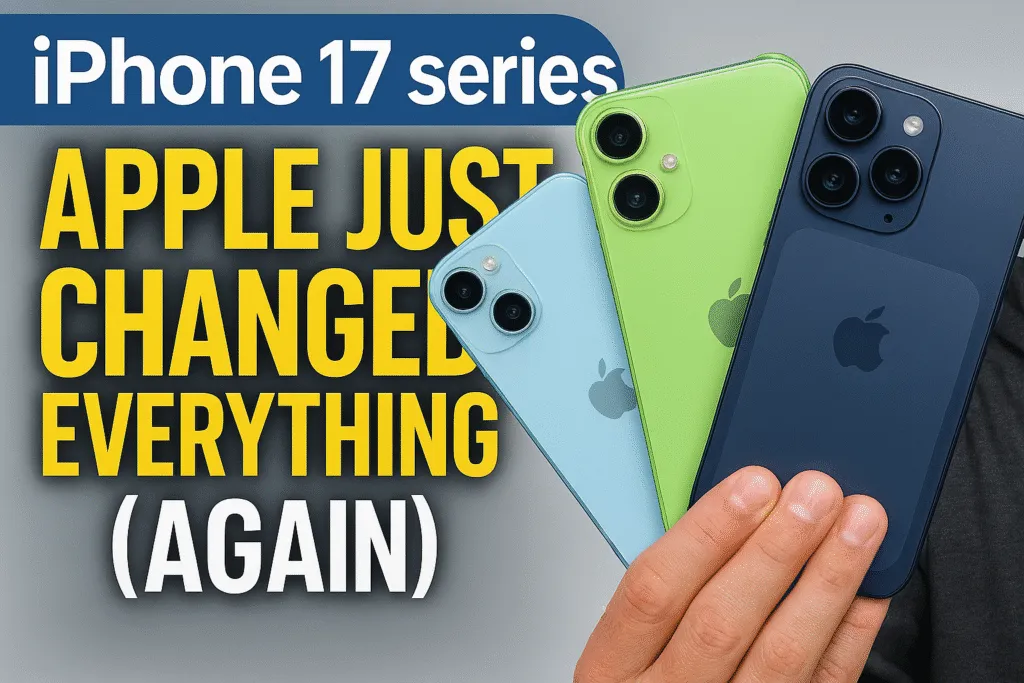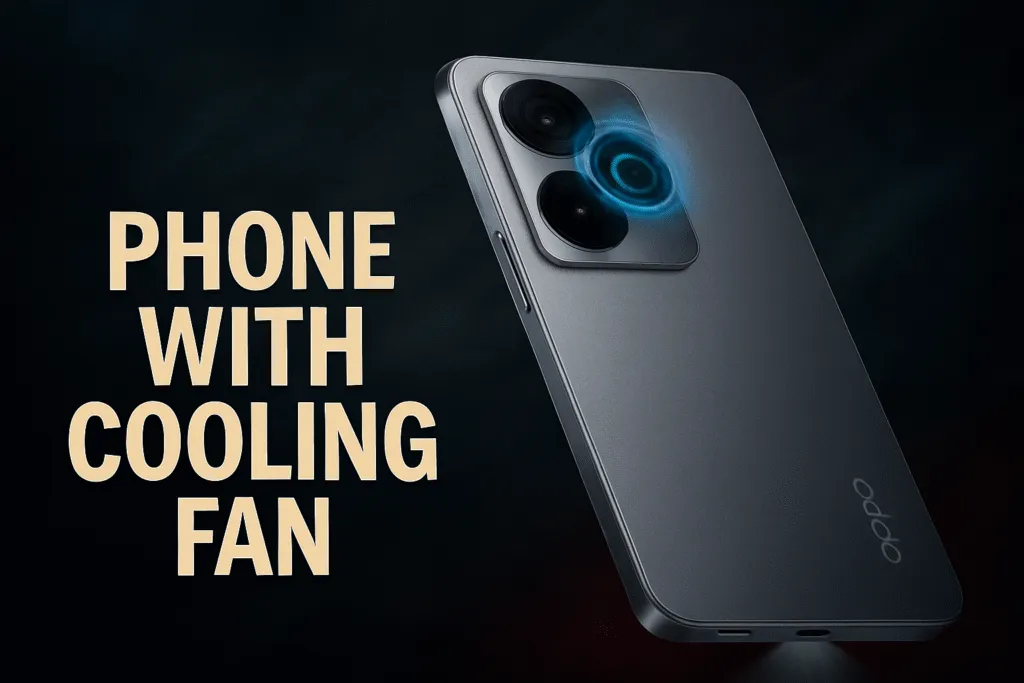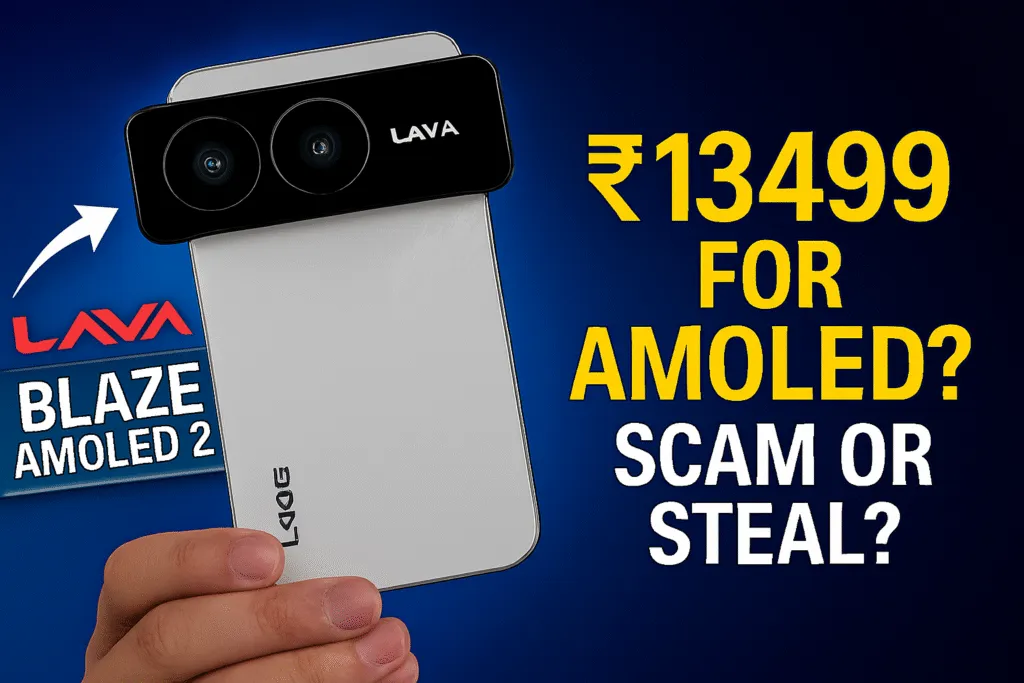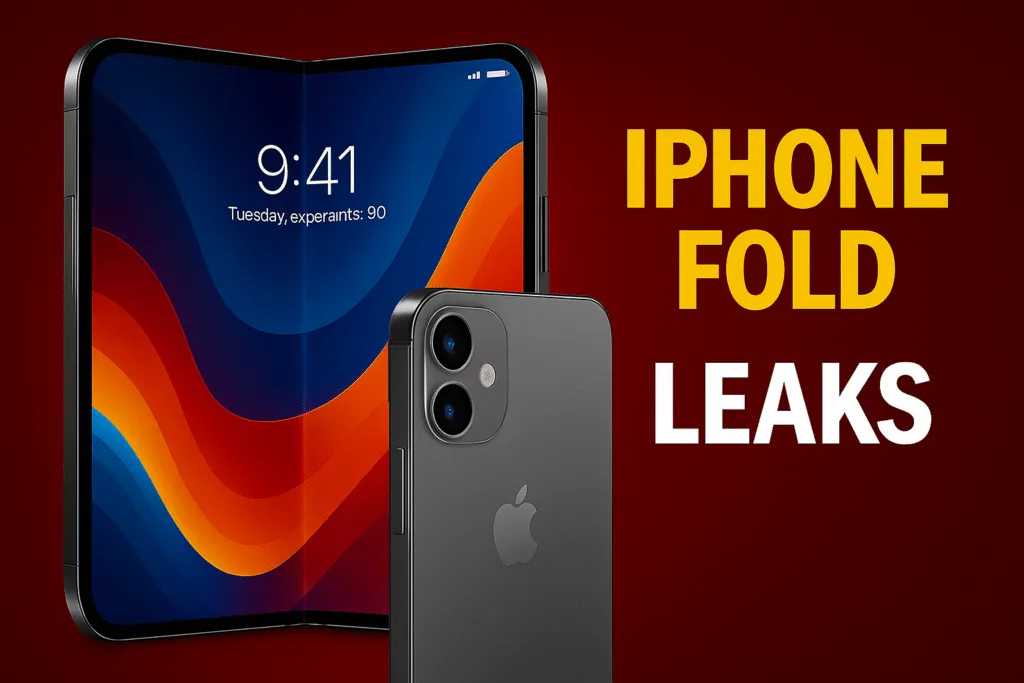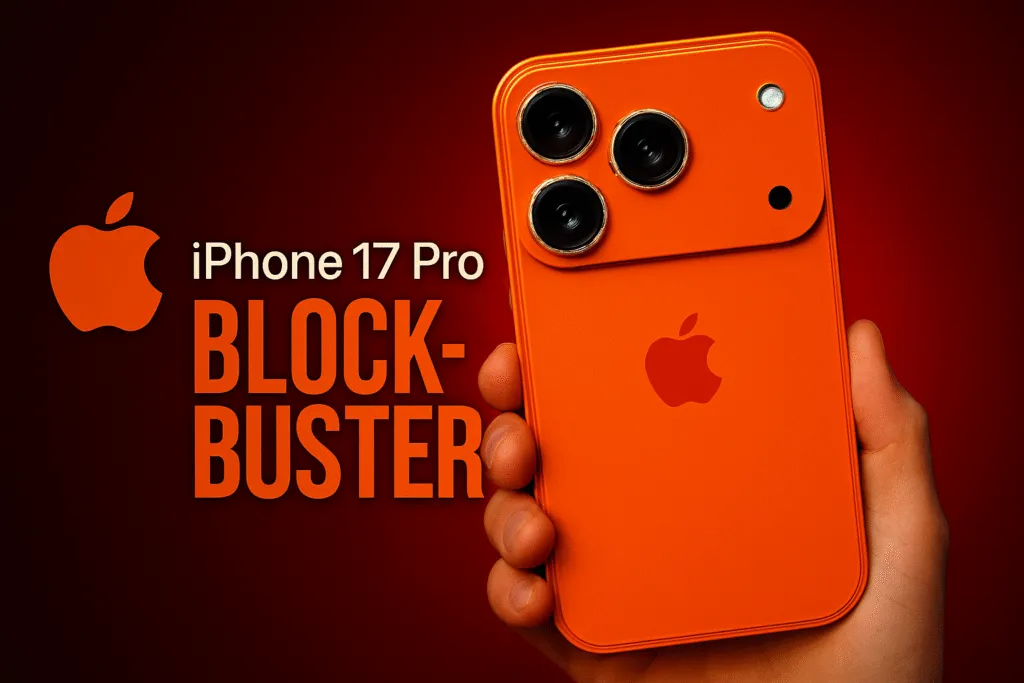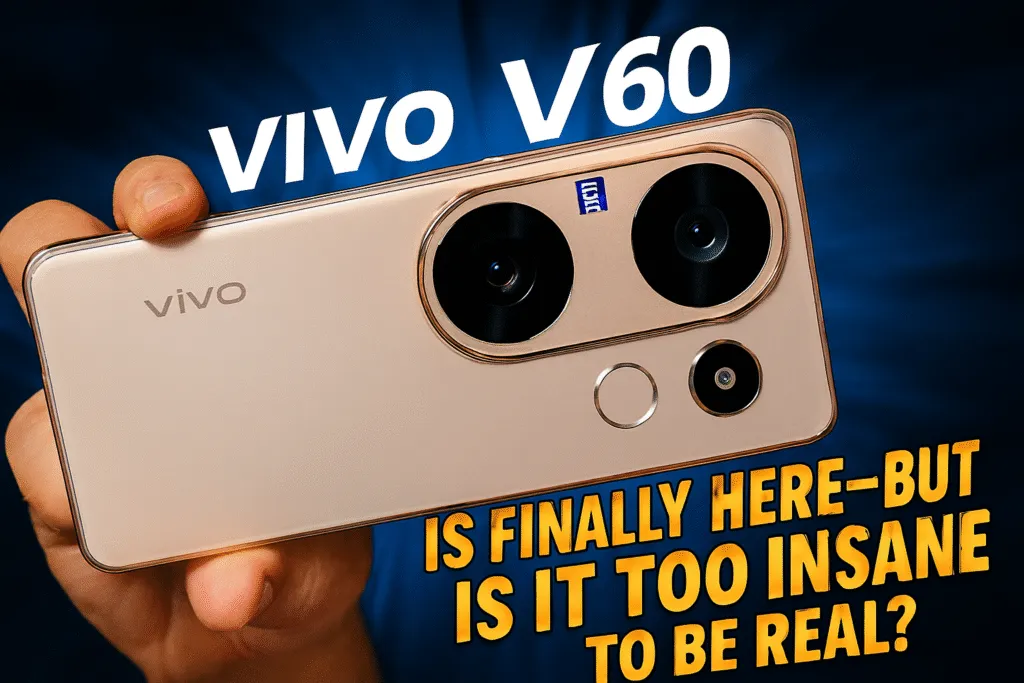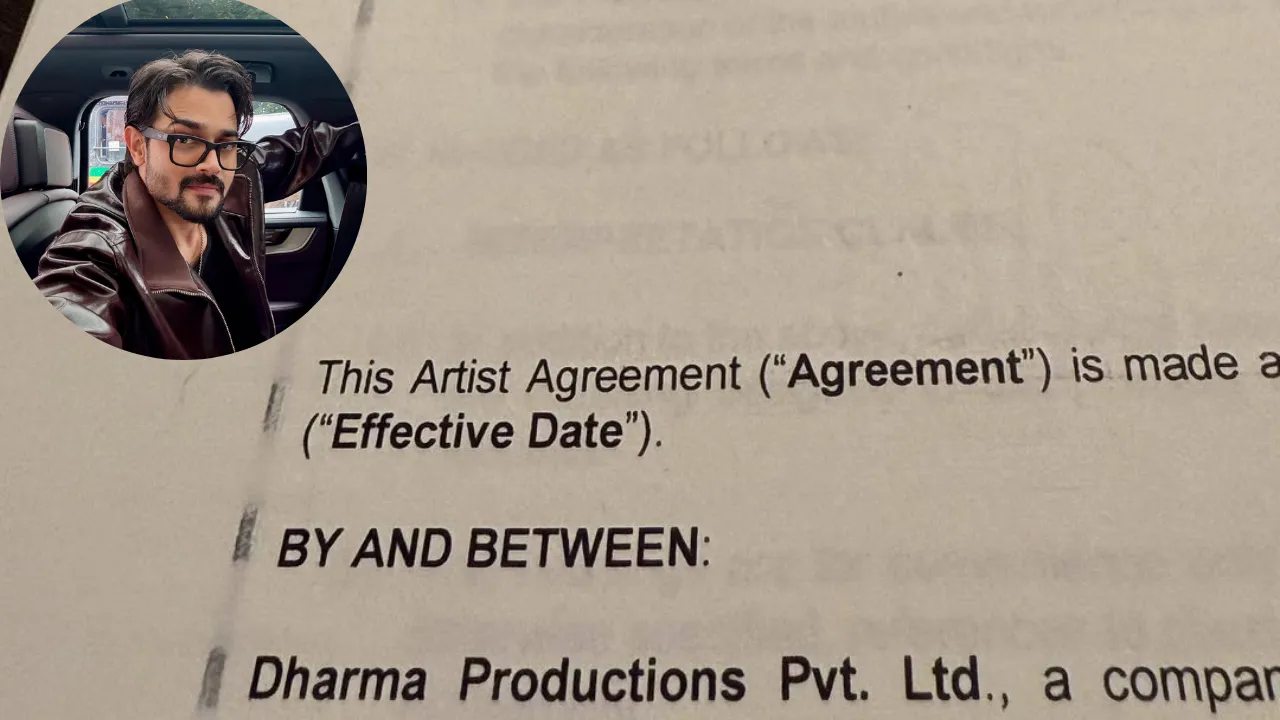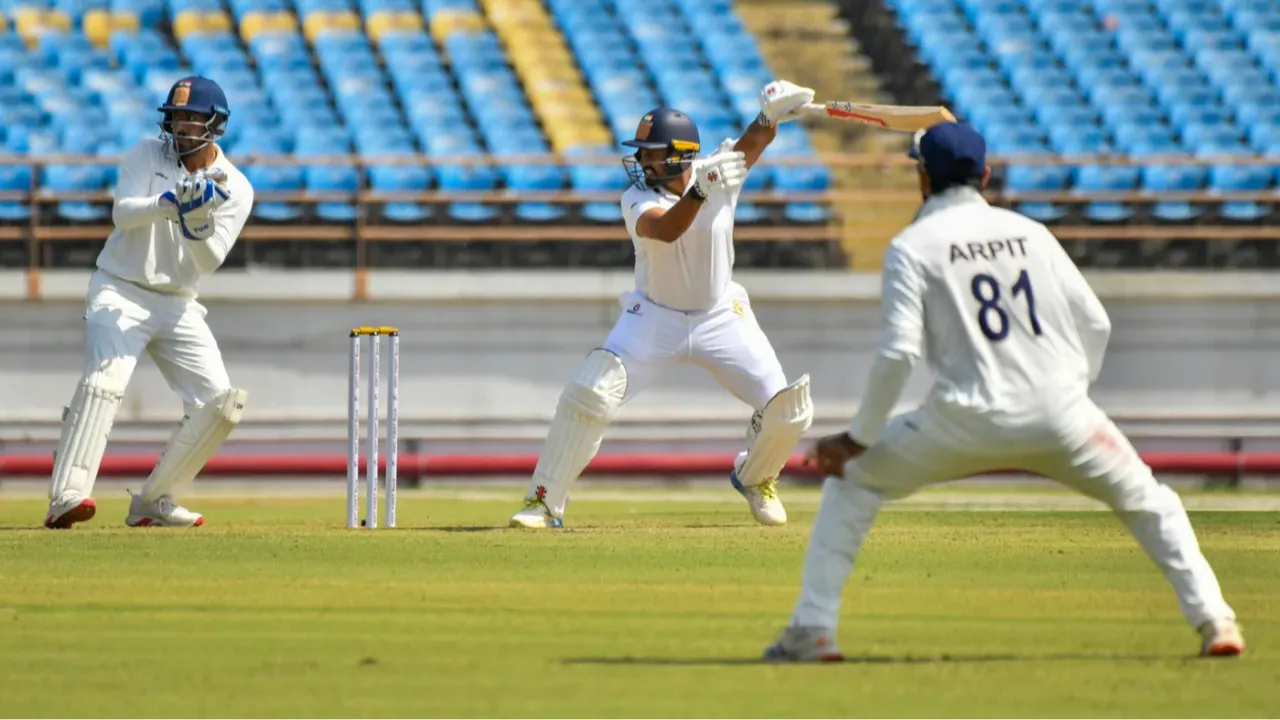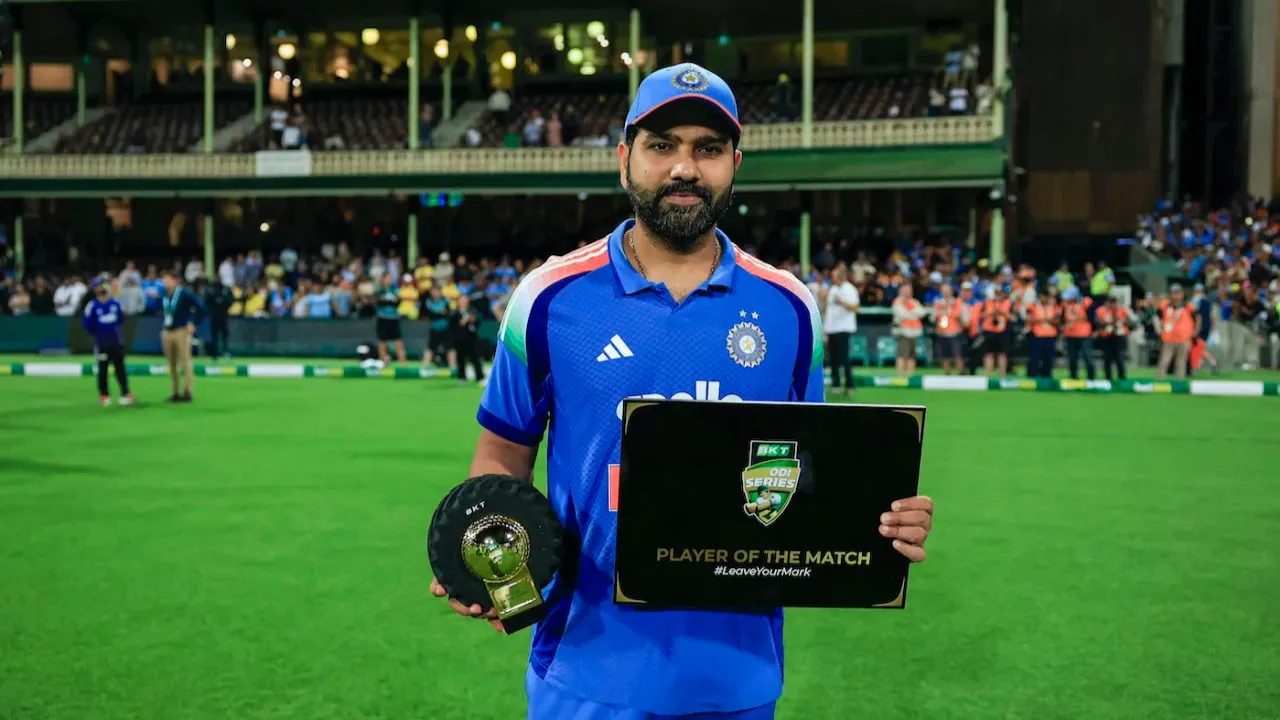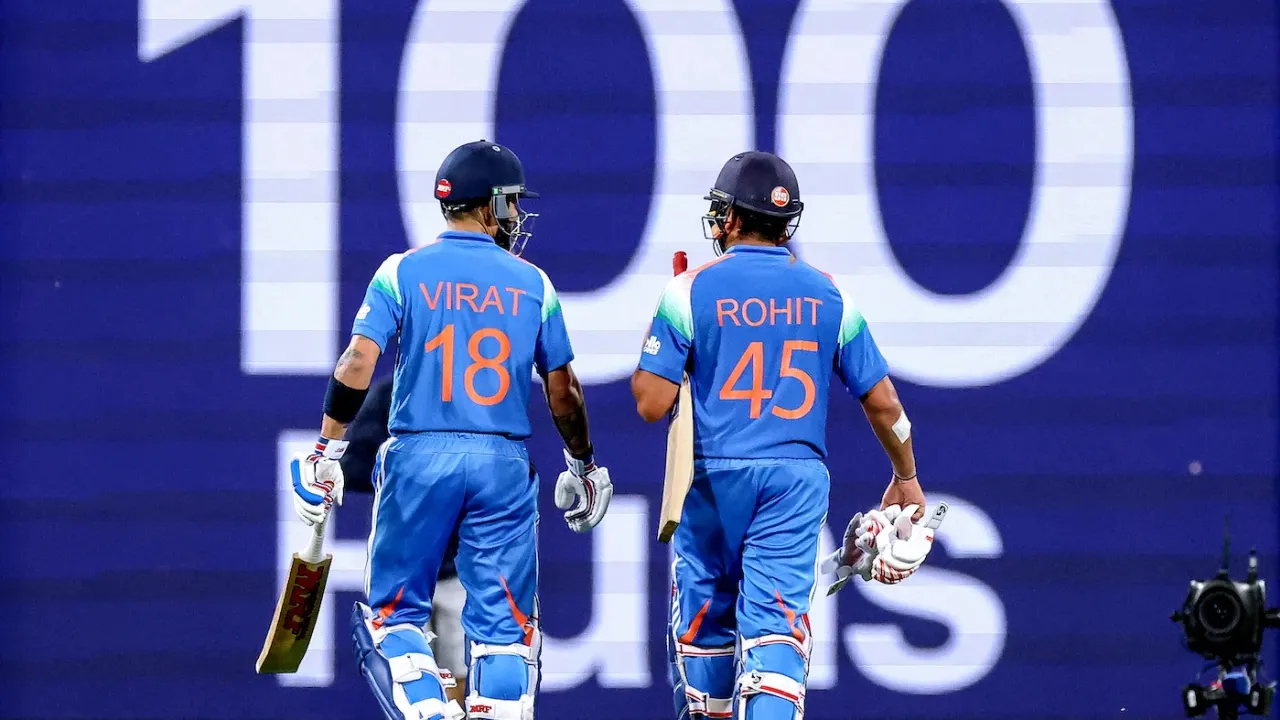Introduction – The Ultimate 2025 Flagship Showdown
The year 2025 has brought two of the most anticipated smartphone releases to the market—Apple’s iPhone 16 and Samsung’s Galaxy S25. As always, fans of both brands are eagerly comparing the features, design, and performance of these two tech giants. But the question everyone is asking remains the same: iPhone 16 vs Samsung Galaxy S25 — which one truly takes the crown this year?
Apple and Samsung have once again pushed the boundaries of innovation. The iPhone 16 arrives with iOS 26, boasting a sleek new design, camera upgrades, and an even faster chip. On the other hand, the Samsung Galaxy S25, powered by One UI 7 and the latest Snapdragon processor, continues to impress with its stunning display and advanced AI features. Whether you’re a loyal Apple user or a Samsung enthusiast, this year’s flagship battle is closer than ever.
The debate over iPhone 16 vs Samsung Galaxy S25 is not just about specs—it’s also about ecosystem, user experience, and long-term value. Apple has doubled down on privacy and deep integration with its ecosystem, while Samsung has refined its multitasking capabilities and camera performance to near perfection. Both devices are future-ready, 5G-equipped, and designed to handle AI-powered apps with ease.
In this detailed comparison, we’ll break down every aspect of both smartphones—from design and display to battery life, camera, and price. Whether you’re upgrading your phone or simply a tech lover following the latest trends, this guide will help you decide which flagship phone truly deserves your attention in 2025. The iPhone 16 vs Samsung Galaxy S25 debate is just heating up—and we’re diving deep into it.
Note: iPhone 16 specifications and features mentioned in this article are based on early leaks and industry predictions as of mid-2025. Final details may vary after official launch.
Design & Build Quality Comparison
When it comes to premium smartphones, design is more than just looks—it’s about feel, durability, and attention to detail. Both Apple and Samsung have refined their design languages for 2025, giving users sleek, futuristic, and functional devices that feel just as good in the hand as they look on a table.
The iPhone 16 features a slightly more squared design with thinner bezels and titanium edges, continuing Apple’s premium material trend. It’s lighter than the previous model, with a matte back finish that offers a solid grip without attracting fingerprints. Apple has also made subtle changes to button placement, and the Dynamic Island is now slightly smaller.
In contrast, the Samsung Galaxy S25 goes for a more curved, symmetrical design. Its back panel is crafted from Gorilla Glass Victus 3, offering both shine and strength, while the aluminum frame ensures durability. Samsung’s punch-hole front camera remains nearly invisible, and the device feels ultra-slim despite housing a larger battery.
Both phones are IP68 water and dust resistant, and both offer high-end finishings, but they cater to different tastes—iPhone 16 leans toward industrial elegance, while the Galaxy S25 embraces futuristic curves and minimalism.
Here’s a quick design and build comparison:
| Feature | iPhone 16 | Samsung Galaxy S25 |
|---|---|---|
| Frame Material | Titanium | Aluminum |
| Back Panel | Textured Glass | Gorilla Glass Victus 3 |
| Display Style | Flat with slim bezels | Curved with punch-hole camera |
| Weight | ~190g | ~195g |
| Thickness | 7.8mm | 7.9mm |
| Water & Dust Resistance | IP68 | IP68 |
| Overall Design Style | Squared, premium matte finish | Sleek, modern, curved edges |
In the iPhone 16 vs Samsung Galaxy S25 design battle, your choice really depends on whether you prefer Apple’s minimal industrial aesthetic or Samsung’s fluid, futuristic feel. Both phones look and feel premium—but their design philosophies remain distinctly different.
Display: Refresh Rate, Brightness, and Panel Tech
The display is one of the most important aspects of a flagship smartphone, and in 2025, both Apple and Samsung are pushing the limits of what’s possible. In the iPhone 16 vs Samsung Galaxy S25 battle, the screen quality plays a huge role in overall experience—from watching content to gaming and daily use.
The iPhone 16 features a 6.3-inch Super Retina XDR OLED panel with ProMotion technology, supporting up to 120Hz refresh rate. It delivers sharp colors, deep blacks, and now reaches a peak brightness of 2,400 nits, making it one of the brightest iPhones yet. Apple has also improved outdoor visibility and added new adaptive color tuning for better eye comfort.
Samsung, known for its superior display tech, comes strong with a 6.6-inch Dynamic AMOLED 2X panel in the Galaxy S25. It offers a refresh rate up to 144Hz, giving it an edge in gaming fluidity. The brightness peaks at an incredible 2,600 nits, ensuring clarity even in direct sunlight. Samsung’s display also supports HDR10+ and enhanced touch response for faster interaction.
Here’s a side-by-side display comparison:
| Feature | iPhone 16 | Samsung Galaxy S25 |
|---|---|---|
| Display Size | 6.3 inches | 6.6 inches |
| Panel Type | Super Retina XDR OLED | Dynamic AMOLED 2X |
| Refresh Rate | Up to 120Hz | Up to 144Hz |
| Peak Brightness | 2,400 nits | 2,600 nits |
| HDR Support | HDR10, Dolby Vision | HDR10+ |
| Touch Response | Standard ProMotion | Enhanced Adaptive Touch |
| Protection | Ceramic Shield | Gorilla Glass Victus 3 |
If your priority is color richness and Dolby Vision compatibility, the iPhone 16 delivers beautifully. But if you’re into gaming or outdoor readability, the Galaxy S25’s higher refresh rate and brightness make it a winner. In the iPhone 16 vs Samsung Galaxy S25 display showdown, both are stunning—choosing between them comes down to your use case.
Performance: Chipset, RAM, and Benchmark Scores
Both smartphones in 2025 are built to be performance powerhouses, whether you’re gaming, multitasking, editing videos, or running AI-based apps. The iPhone 16 uses Apple’s custom-built A18 Pro chip, optimized tightly with iOS 26. It might have just 8GB RAM, but thanks to Apple’s efficiency, it runs buttery smooth even under pressure.
The Samsung Galaxy S25, in contrast, packs the Snapdragon 8 Gen 4 chipset (in India), paired with up to 12GB RAM. It delivers exceptional performance, especially in gaming and multitasking, while also pushing AI features with Qualcomm’s latest AI engine.
Let’s compare the specs side by side:
| Feature | iPhone 16 | Samsung Galaxy S25 |
|---|---|---|
| Chipset | Apple A18 Pro (3nm) | Snapdragon 8 Gen 4 (3nm) |
| RAM | 8GB | 8GB / 12GB (variant based) |
| Storage Options | 128GB to 1TB | 256GB to 1TB |
| OS | iOS 26 | Android 14 with One UI 7 |
| Geekbench Single-Core | ~2,900 | ~2,400 |
| Geekbench Multi-Core | ~7,300 | ~6,500 |
| AnTuTu Score (Avg) | ~1.6 million | ~1.5 million |
| AI Processing Power | Next-gen Neural Engine | Qualcomm Hexagon AI Engine |
| Thermal Efficiency | Excellent (cooler under load) | Improved, but heats under stress |
In benchmarks, the iPhone 16 scores higher overall in CPU-intensive tasks, while the Galaxy S25 performs better in gaming and RAM-heavy multitasking. In the iPhone 16 vs Samsung Galaxy S25 performance battle, Apple wins on pure efficiency, but Samsung shines with raw memory and gaming grunt.
Camera Features & Real-World Photography Test
The camera battle between iPhone 16 and Samsung Galaxy S25 is one of the most exciting comparisons in 2025. Both phones come equipped with powerful hardware and AI-driven features that aim to deliver professional-level photography right from your pocket. But when it comes to actual real-world results, the differences become more noticeable.
The iPhone 16 retains Apple’s dual or triple-lens setup (depending on model), featuring a 48MP main sensor with enhanced low-light performance and a new Smart HDR 6 engine. Apple continues to dominate in color accuracy, natural tones, and cinematic video capture. Its Portrait Mode has also improved with more depth control and automatic focus tracking.
Samsung, however, pushes ahead with a quad-camera setup on the Galaxy S25, headlined by a massive 200MP main sensor. It’s ideal for ultra-detailed shots, lossless zoom, and night mode photography. Samsung also leads in versatility, offering better ultra-wide shots and higher zoom levels (up to 30x digital zoom).
Let’s break it down in a camera comparison table:
| Feature | iPhone 16 | Samsung Galaxy S25 |
|---|---|---|
| Main Camera | 48MP, f/1.6 | 200MP, f/1.7 |
| Ultra-Wide Camera | 12MP | 12MP |
| Telephoto | 12MP 3x optical (Pro models) | 10MP 3x optical + 30x digital |
| Front Camera | 12MP with autofocus | 12MP with AI beauty + night mode |
| Night Mode | Enhanced Smart HDR 6 | Multi-frame AI Nightography |
| Video Recording | 4K@60fps, Cinematic Mode, Dolby Vision | 8K@30fps, Super HDR, Director’s View |
| Portrait Mode | Depth Mapping + Focus Shift | AI Portrait with Background Blur |
| AI Features | Smart HDR, Photonic Engine | Scene Optimizer, AI Shot Assist |
In real-world photography, the iPhone 16 shines with lifelike colors and cinematic consistency, while the Galaxy S25 offers punchier visuals and more flexibility for advanced users. The choice between the two often comes down to personal preference—realism vs enhancement. In the iPhone 16 vs Samsung Galaxy S25 camera fight, both are brilliant—but in slightly different ways.
Battery Life & Charging Speed
Battery performance is critical for daily users, and in the iPhone 16 vs Samsung Galaxy S25 debate, both brands have focused on delivering longer usage and faster charging. But their approach differs—Apple leans on software efficiency, while Samsung pushes bigger batteries and higher wattage.
The iPhone 16 features a 3,600mAh battery (approximate), and thanks to the efficiency of the A18 Pro chip and iOS 26, it delivers full-day usage easily, even with heavy apps and 5G usage. Apple continues to offer MagSafe wireless charging and 27W wired charging, which isn’t the fastest—but it’s safe and consistent.
Samsung Galaxy S25, on the other hand, comes with a larger 4,700mAh battery and supports blazing-fast 45W wired charging and 25W wireless charging. This means the S25 charges much faster than the iPhone 16, especially for users in a rush. Real-world endurance is also impressive, particularly during gaming and video streaming.
Here’s a clear battery and charging comparison:
| Feature | iPhone 16 | Samsung Galaxy S25 |
|---|---|---|
| Battery Capacity | ~3,600mAh | ~4,700mAh |
| Wired Charging | 27W | 45W |
| Wireless Charging | 15W MagSafe | 25W |
| Reverse Wireless Charging | No | Yes |
| Full Charge Time (Wired) | ~70 minutes | ~45 minutes |
| Screen-on Time (Avg) | 7–8 hours | 8–9 hours |
| Power Efficiency | High (thanks to iOS optimization) | Moderate (but larger battery) |
| Fast Charging Tech | USB-PD 3.0 | Super Fast Charging 2.0 |
In battery life and charging speed, the Samsung Galaxy S25 clearly leads with bigger capacity and faster top-ups. However, Apple’s strength lies in long-lasting efficiency and reliability. So if you value quick charging, Samsung wins—but if you prefer stable all-day usage with less heat and slow wear, iPhone 16 is a strong contender.
Software Experience: iOS 26 vs One UI 7
When comparing iPhone 16 vs Samsung Galaxy S25, the software experience plays a huge role in overall usability. Both Apple and Samsung have refined their respective operating systems in 2025 to offer smoother, smarter, and more secure interfaces—but they do it in very different ways.
The iPhone 16 runs on iOS 26, which brings a cleaner interface, deeper AI integration, and more privacy controls than ever before. With features like Genmoji, Live Translate, and system-wide AI writing assistance, Apple continues to lead in minimal, intuitive design. iOS 26 also improves multitasking with floating widgets, Smart Stacks, and customizable lock screens, giving users more control without complexity.
Samsung Galaxy S25 comes with One UI 7 based on Android 14, offering unmatched customization and multitasking power. It supports advanced split-screen multitasking, app pairing, and Samsung DeX for desktop-style productivity. One UI 7 also incorporates Galaxy AI for intelligent suggestions, camera enhancements, and on-device translation in real time.
Here’s a side-by-side comparison:
| Feature | iOS 26 (iPhone 16) | One UI 7 (Galaxy S25) |
|---|---|---|
| Operating System | iOS 26 | Android 14 with One UI 7 |
| UI Style | Minimal, uniform | Customizable, feature-rich |
| AI Features | Genmoji, AI Writing, Live Translate | Galaxy AI, Smart Call, Photo Assist |
| Customization | Limited (widgets, themes) | Extensive (themes, icons, gestures) |
| Multitasking | App switching, floating widgets | Split-screen, pop-up view, DeX |
| App Ecosystem | Closed, optimized for Apple apps | Open, wide third-party support |
| Privacy Controls | App tracking transparency, iCloud+ | Permission manager, Private Share |
| Software Support | 5–6 years | 4–5 years |
In short, iOS 26 feels smoother and more consistent, perfect for users who want simplicity and privacy. One UI 7, on the other hand, offers power and flexibility for those who love tweaking every detail. The choice in iPhone 16 vs Samsung Galaxy S25 boils down to one question: do you prefer Apple’s clean and controlled experience or Samsung’s customizable powerhouse?
Unique Features & Innovations
Both Apple and Samsung have introduced exciting new features in their 2025 flagships, pushing the boundaries of what a smartphone can do. In the iPhone 16 vs Samsung Galaxy S25 comparison, the difference isn’t just in design or performance—but also in how each brand approaches innovation.
The iPhone 16 brings refined features like Genmoji (AI-generated emojis based on your expressions), improved Face ID that works at wider angles, and seamless device handoff between Apple gadgets. Apple has also introduced offline Siri with on-device AI processing, making the experience faster and more private. New sensors for ambient temperature and voice isolation enhance call quality and environment adaptability.
Samsung Galaxy S25 comes loaded with innovation too. Galaxy AI enables real-time live call translation, note summarization, and object removal from photos instantly. Samsung has also improved its DeX desktop mode, turning your phone into a full computer on any screen. Their Vision Booster tech adjusts the display to harsh lighting, and enhanced S Pen features (in Ultra model) cater to creative users.
Here’s a clear table comparing standout features:
| Unique Feature | iPhone 16 | Samsung Galaxy S25 |
|---|---|---|
| Genmoji | Yes | No |
| Real-Time Live Translation | Siri-based (offline) | Galaxy AI (on-device + cloud) |
| Device Handoff | Seamless with other Apple devices | Limited to Samsung ecosystem |
| Desktop Mode | Not available | Samsung DeX |
| Vision Booster | No | Yes |
| Offline Voice Assistant | Yes (new Siri) | Yes (basic commands) |
| S Pen Support | No | Yes (S25 Ultra) |
| Temperature Sensor | Yes | No |
| AI Photo Editing | Basic edits in Photos | Object erase, scene optimization |
| Biometric Unlock | Face ID (improved) | Face + Ultrasonic Fingerprint |
In terms of unique features and innovations, Apple focuses on deep ecosystem integration and privacy-first AI, while Samsung brings power tools, desktop-class productivity, and advanced AI tricks. Your choice in the iPhone 16 vs Samsung Galaxy S25 depends on what kind of innovation you value most—refined simplicity or creative flexibility.
Pricing & Availability
In the iPhone 16 vs Samsung Galaxy S25 comparison, pricing and availability are major deciding factors—especially in the Indian market. Both brands are offering multiple variants based on storage and model tiers (standard, plus/pro, and ultra), giving consumers a wide range of choices depending on budget and use case.
Apple continues its premium pricing strategy with the iPhone 16 series. While the base model sees only a minor increase over the iPhone 15, the higher-end Pro and Pro Max variants are priced steeply, especially with higher storage options. Availability is wide, with online and offline sales starting within a week of launch.
Samsung Galaxy S25 comes in at a slightly more aggressive price point. The base S25 undercuts the iPhone 16 by a small margin, offering more RAM and faster charging at that price. The S25 Ultra is priced competitively against the iPhone 16 Pro Max and brings more raw hardware features, including the S Pen.
Here’s a side-by-side pricing and availability comparison:
| Variant / Feature | iPhone 16 | Samsung Galaxy S25 |
|---|---|---|
| Base Variant Price (India) | ₹79,900 (128GB) | ₹74,999 (256GB) |
| Higher Variant Price | ₹1,59,900 (Pro Max, 1TB) | ₹1,29,999 (S25 Ultra, 1TB) |
| Available Storage Options | 128GB, 256GB, 512GB, 1TB | 256GB, 512GB, 1TB |
| Release Date (India) | September 2025 | February 2025 |
| Availability Channels | Apple Store, Flipkart, Croma | Amazon, Samsung Store, Retailers |
| Launch Offers | No-cost EMI, exchange bonus | Cashback, upgrade bonus, bundles |
| Color Variants | 5 (including new pastel shades) | 4 (Matte and gradient finishes) |
If you’re looking for early availability and tighter ecosystem control, iPhone 16 has the edge. But if you’re price-sensitive and want more value-packed hardware, the Galaxy S25 offers a slightly better deal—especially in India. The iPhone 16 vs Samsung Galaxy S25 price war is close, but your choice will depend on what you prioritize: brand ecosystem or pure specs for the price.
Which One Should You Buy in 2025?
Choosing between the iPhone 16 and Samsung Galaxy S25 in 2025 comes down to what matters most to you—ecosystem, performance, design, camera, or price. Both smartphones are packed with top-tier specs and smart innovations, but they cater to slightly different user preferences.
If you’re already in the Apple ecosystem with a MacBook, Apple Watch, or AirPods, the iPhone 16 is a seamless extension of that experience. Its integration, software reliability, long-term updates, and consistent camera performance make it a rock-solid choice for users who value stability and privacy. The new iOS 26, Genmoji, and smarter Siri enhance usability, and while Apple’s charging speed isn’t the fastest, battery optimization balances it out.
On the other hand, if you’re someone who wants cutting-edge features, faster charging, a highly customizable UI, and superior camera versatility, the Samsung Galaxy S25 won’t disappoint. It offers more RAM, faster refresh rate, higher megapixel count, and features like Samsung DeX and Galaxy AI that appeal to power users, creators, and multitaskers. Plus, it’s slightly more cost-effective in India—especially at higher storage levels.
For simplicity, privacy, and premium build: go with the iPhone 16.
For versatility, power, and better value for money: choose the Galaxy S25.
Ultimately, the iPhone 16 vs Samsung Galaxy S25 debate isn’t about which phone is better overall—but which one is better for you. Both are 2025 flagships at the top of their game—you just need to pick your side.
Also Read: Revealed: Airtel’s 2025 AI That Instantly Blocks Scams
FAQs – iPhone 16 vs Galaxy S25
Q1. Which phone has a better camera – iPhone 16 or Galaxy S25?
Both offer excellent camera performance, but with different strengths. The iPhone 16 delivers more natural colors and cinematic video, while the Galaxy S25 offers higher resolution (200MP) and better zoom capabilities. If you prefer realistic photos, go with iPhone. For flexibility and sharpness, Galaxy S25 is the better pick.
Q2. Is the Galaxy S25 faster than the iPhone 16?
Not in raw performance. The iPhone 16’s A18 Pro chip outperforms the Snapdragon 8 Gen 4 in CPU benchmarks. However, the Galaxy S25 has more RAM and handles multitasking better in some use cases, like gaming or split-screen apps.
Q3. Which one has longer battery life?
Samsung Galaxy S25 offers a bigger battery and faster charging, giving it an edge in day-long use and quick top-ups. That said, the iPhone 16 is more efficient, so both can last a full day—your usage style will decide the winner.
Q4. Can I use Galaxy S25 with Apple products?
You can, but not seamlessly. Features like AirDrop, Handoff, and iMessage are exclusive to Apple devices. If you’re deep into the Apple ecosystem, switching to Galaxy may break that continuity.
Q5. Which is better for long-term use?
Apple offers longer software updates (typically 5–6 years), which makes the iPhone 16 a solid long-term investment. Samsung has improved its update policy and now offers 4–5 years of major updates for flagship devices.
Q6. Is there a big price difference in India?
Yes, slightly. The Galaxy S25 starts at a lower price than the iPhone 16 and offers more RAM and storage for the same price. However, iPhone retains better resale value over time.
Q7. Which is more secure – iPhone 16 or Galaxy S25?
Both are secure, but Apple’s closed ecosystem and stricter privacy controls make iPhone slightly better in this area. Samsung offers Knox security and private folders, but it’s still based on Android, which is more open by design.
